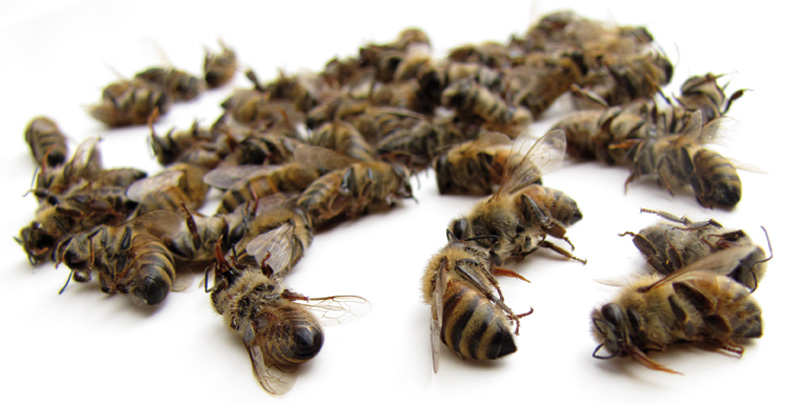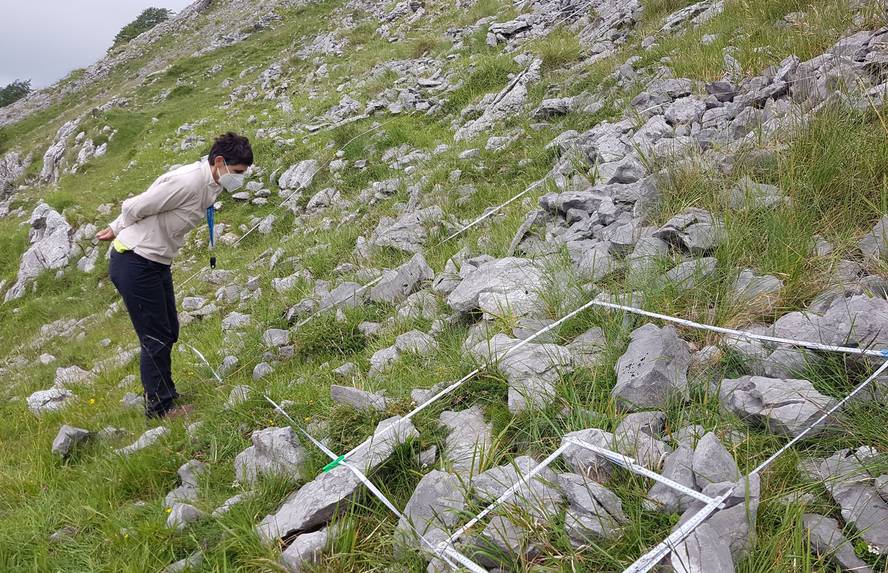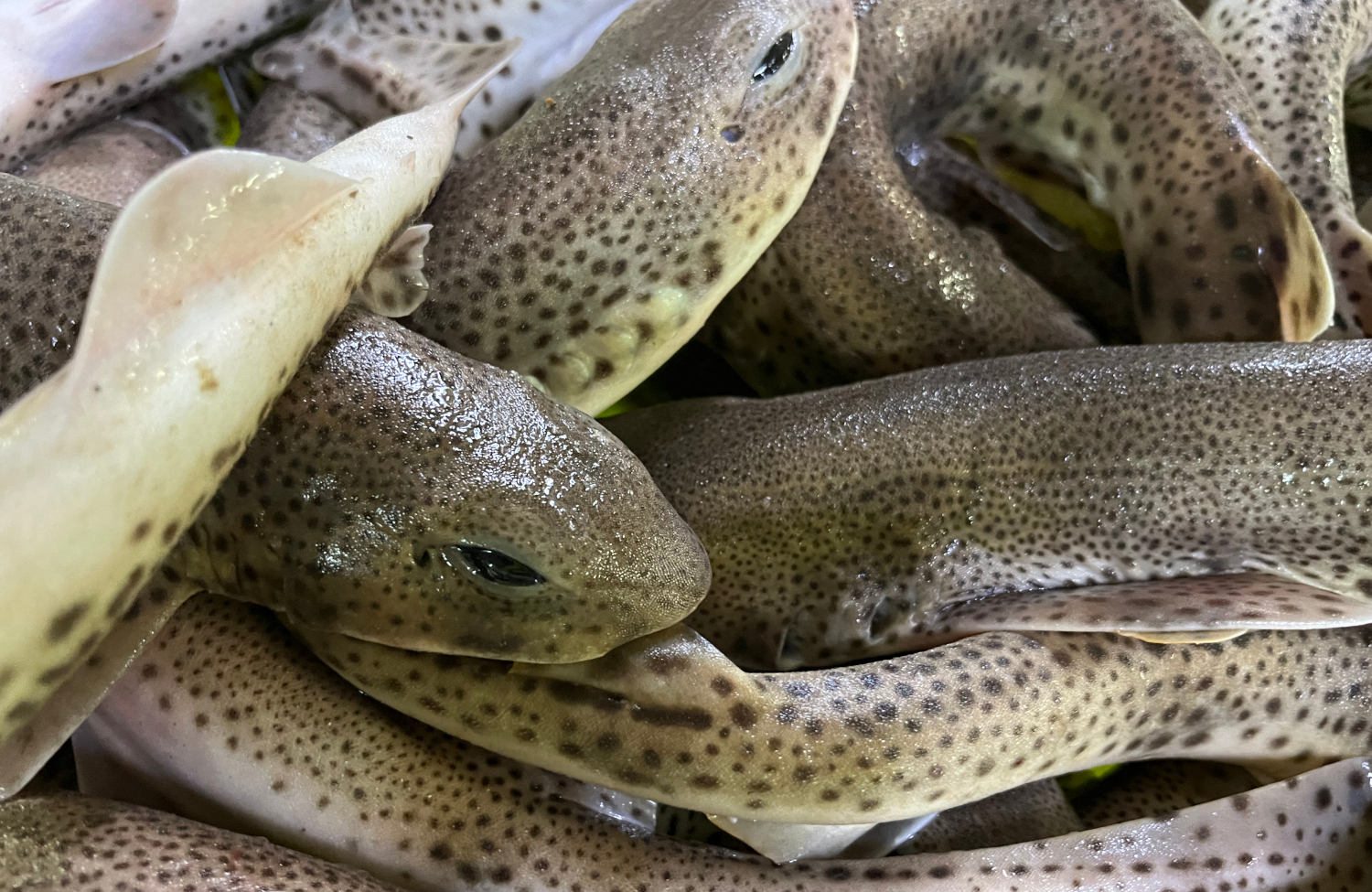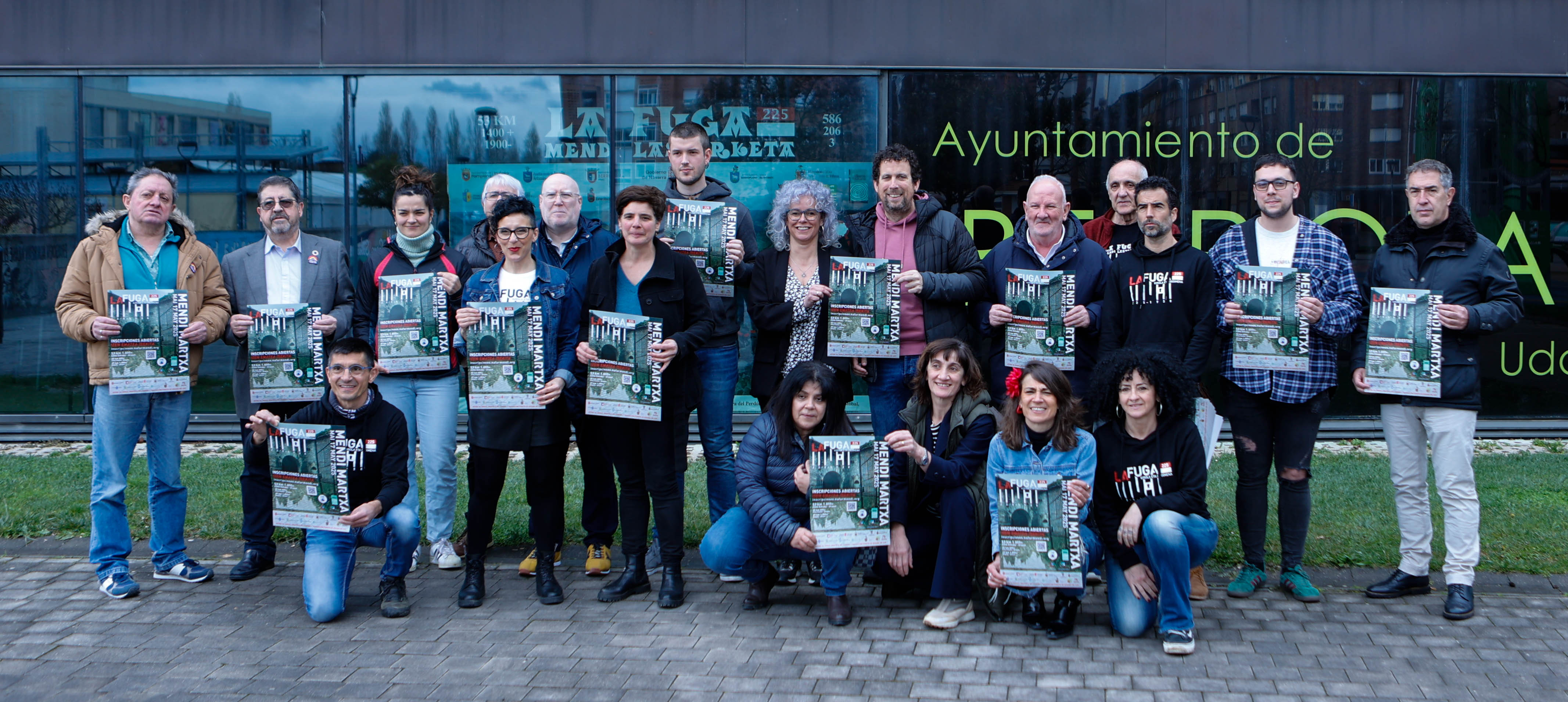What causes the mass death of bees?
- Recently, news has been heard about Asian wasp due to the death of bees and that they have endangered the chain of nature. But beyond the news headlines, what is actually behind the disappearance of bees? What situation do we have here?

They approach the hive, and more than half of the bees are missing. This is the situation that many beekeepers have encountered in recent years around the world. “The problem is worldwide, yes, but it does not happen in the same way everywhere: we don’t have that serious problem in our environment,” said Egoitz Galartza, veterinarian at the Association of Beekeepers of Gipuzkoa, before going into the topic.
And it's that about 20 years ago, when massive losses of bees occurred in the United States, the thing started to resonate in the media. In Europe, the number of common bee hives (Apis mellifera) has been reduced by 25% since 1985, according to a Greenpeace report. In some countries the losses have been much higher, as in the United Kingdom, where 54% of hives have disappeared.
Close links with industrial agriculture
Dozens of investigations have been carried out around the world to find the reasons for the disappearance of bees. Although researchers have not come up with clear answers, they have come to the conclusion that there are many factors that directly influence bees: diseases, hunger and poisoned plants, among others.
Galartza also wanted to stress that the loss of bees is the result of many factors, but also stressed that the disappearance of bees in recent times is directly related to the agricultural model: “On the one hand, industrial agriculture has brought about dramatic changes in the landscape, and on the other hand, the products that are used also have a great influence on bees.”
But how do changes in landscape affect bees? As before there were small meadows and forests full of flowers, today these landscapes have been welcomed in many cases by large monoculture surfaces. This change has been very significant, for example, in URL0, where since 2006 30-40% of “manipulated bees” have disappeared from the problem called “hive collapse” (Colony Collapse Disorder). “There has been a dramatic change in the landscape: industrial agriculture has spread a lot, especially maize and other monocultures like maize, and what does that bring behind it? Use of pesticides, insecticides...”.
Insecticides, bee venom
The insecticides of the Neonikotinoid family are the most harmful to bees. The seven most dangerous are imidacloprid, thiamethoxam, clothianidine, fipronil, chlorpyrifos, cypermetrin and deltamethrin. All these products should be banned directly, according to the environmental organization.
In the absorption of these insecticides, bees usually do not die at the time, as the dose is usually ‘low’ to cause rapid death. However, in the longer term, these products are causing changes in the behavior of bees, affecting their central nervous system: physiological effects, damage to mobility and orientation, feeding problems and learning ability, among others.
So poisoned bees get disoriented and they're not able to go back to the hive. Result: half-empty hives, dead bees. “As bees do not die at the time, they conclude that they are admissible in the tests they perform to market the products. However, they do not measure their long-term effect,” Galartza said.
Since 2013, the use of three neonicotinoids (thiamethoxam, imidacloprid and clothianidine) for proven damage to bees has been partially prohibited in the European Union. These products cannot be used in attractive bee cultures.
Beekeepers believe that although measures are beneficial, they are not sufficient, as some products are removed from the market and others are introduced below. “Pesticides are produced by companies such as Bayer or Syngenta. We are opposed to power and in the face of these large multinationals, beekeepers are no one,” says Ainhoa Tolosa, secretary of the Association of Beekeepers of Gipuzkoa.
And so what's the solution? The answer is, of course, largely in the hands of society: “The loss of bees is also a consequence of the current life model, which is linked to consumption habits. We want cheap food, no matter how it's produced ... If we all ate here, sustainably made by the baserritars of the area, these problems would not exist.” Yes, we go back to the usual.
And you, little horticulturists, what?
When we talk about the use of pesticides, a large company of agricultural latifundia comes to the forefront immediately. But what about those of us who have a garden or a garden at the door? We've done a little test: in a well-known gardening supermarket, we've begun to look for insecticide, and we've found that four of the top 10 quickest products have "high toxicity" ingredients for bees (chlorpyrifos, dimethoate, abamectin).
Egoitz Galartza, veterinarian of the Association of Beekeepers of Gipuzkoa, is clear that the disappearance of bees is directly related to the agricultural model
What does this mean? Well, we individuals have something to do in this matter. A group of American researchers recommended that everyone put in their house or in their garden plants that are beneficial to bees and, of course, that they put aside all those herbicides, insecticides, fungicides and biocides. “If life is bio and the one that kills thirst, these products are the killers of life,” says Galartza.
Beaten on all sides
However, in addition to the use of pesticides, there are many factors that influence the disappearance of bees. In our country, one of the biggest problems is bee disease: the parasite of the varroa genus, which came from Asia about 30 years ago, is a kind of tick on the back of pollinators. It absorbs and weakens the hemolymph of bees, equivalent to the blood of vertebrates, and in the absence of chemical treatment damages the bees until their death.
The mite also transmits other viruses and diseases to the bee, leaving that, in addition to reducing the population, part of it is unable to work.
“We have to think that that bee that comes out of the hive goes with a claw on the back, which for us would be to have a kind of orange. He's infected with a virus, and yet he has to go to work. As if it were not enough, your workplace is not close to home, you have to walk a lot of distance to get there, and once there, the product you eat is contaminated.” What would really surprise you is that in places where these conditions are given, bees don't die.
And what places are freed from these conditions? Non-agricultural or more traditional, natural, urban environments... Although it may seem strange, despite the pollution of urban areas, there are not so many products and pesticides that are harmful to bees. “In Paris, for example, it’s become fashionable to put beehives on balconies or house hotels,” says Galartza.
Take care of what you eat
When we ask him about the world without bees, beekeepers answer us by saying: “It’s not possible.” Many studies have shown that bees and other pollinator insects are essential to produce a large part of the food we eat. According to a 2014 Greenpeace report, in the Spanish State, 70% of crops intended for human consumption are dependent on insect pollination. The report also published economic data on the development of economic activity: In 2011, the work of pollinator insects was an economic benefit of more than 2,400 million euros.
All the losses of the pollinators' world cannot be put in the same bag, because behind there are different reasons. The problem does not, therefore, have a single answer. But yes, enough reasons for the week of the changes, starting with yourself: “I’m clear that change is not going to come because Bayer doesn’t know what it does, change has to come from us.”
Automatizazioaren eta abereen inguruan kuxkuxeatzen ari nintzela, ukuilu automatizatuen informazioa hasi naiz eskuratzen. Nire idazmahaiaren erosotasunetik idazten, gizakion kontsumorako modu masiboan esplotatzen ditugun abereen bizitzak nahiko penagarriak direla iruditzen zait,... [+]
Itsasoan badira landareen itxura izan arren animalia harrapari diren izaki eder batzuk: anemonak. Kantauri itsasoan hainbat anemona espezie ditugun arren, bada bat, guztien artean bereziki erraz atzemateko aukera eskaintzen diguna: itsas-tomatea.
Kirola eta oroimena uztartuko dituzte, bigarrenez, mendi-martxa baten bitartez. Ez da lehiakorra izanen, helburua beste bat delako. La Fuga izeneko mendi martxak 1938ko sarraskia gogorarazi nahi du. Ezkabako gotorlekuan hasi eta Urepelen amaituko da. Maiatzaren 17an eginen dute.
Zer esango zenioke Palestinako aktibista bati aurrez aurre izango bazenu? Ni mutu geratu nintzen Iman Hammouri nire herrian bertan aurkeztu zidatenean. Eskerrak andre nagusi bat gerturatu zitzaigula eta solaskide roletik itzultzailearenera pasa nintzela.
Palestinako Popular... [+]
Ugaztunei eskainitako azken artikuluaren amaierako hitzak hurrengo animalia aurkezteko aitzakia paregabea dira. Bertan esaten genuen muturluzeak erreka “garbi eta txukunak” behar dituela, kutsadurarik gabeak baina elementu natural anitzekin. Animalia txiki horren... [+]





















